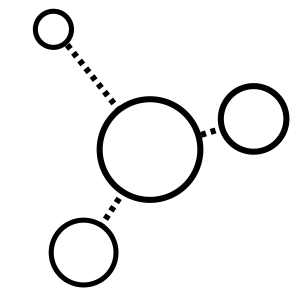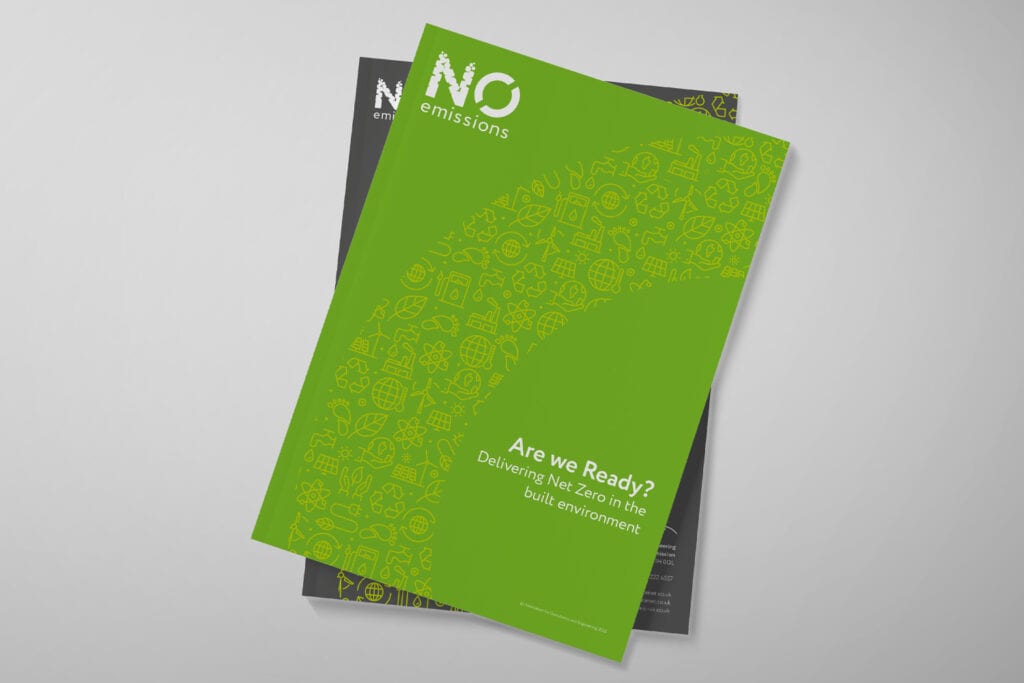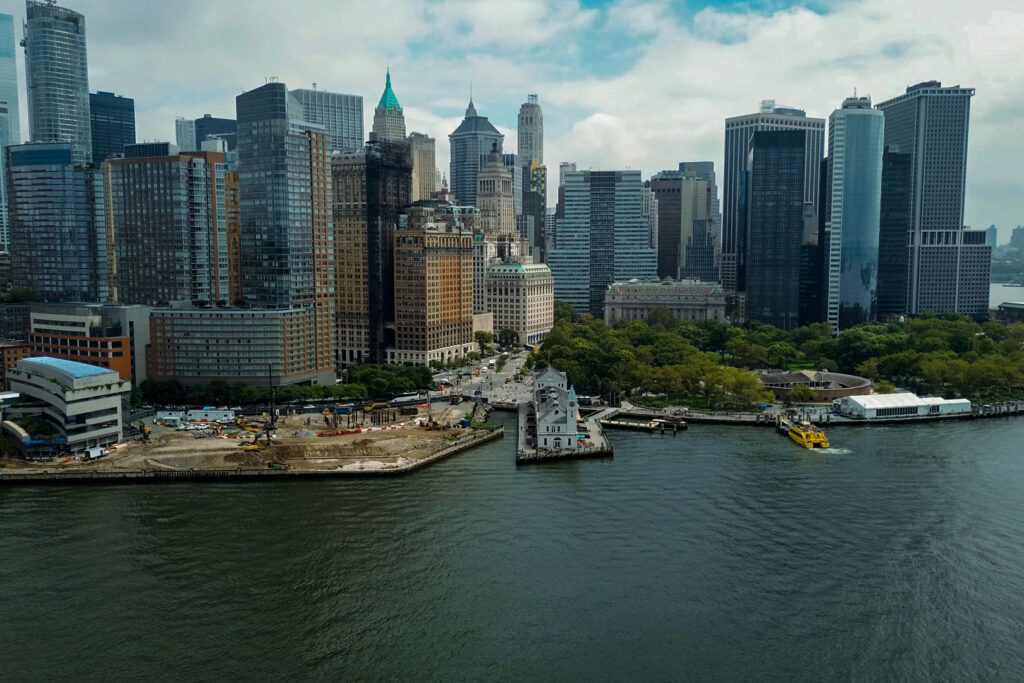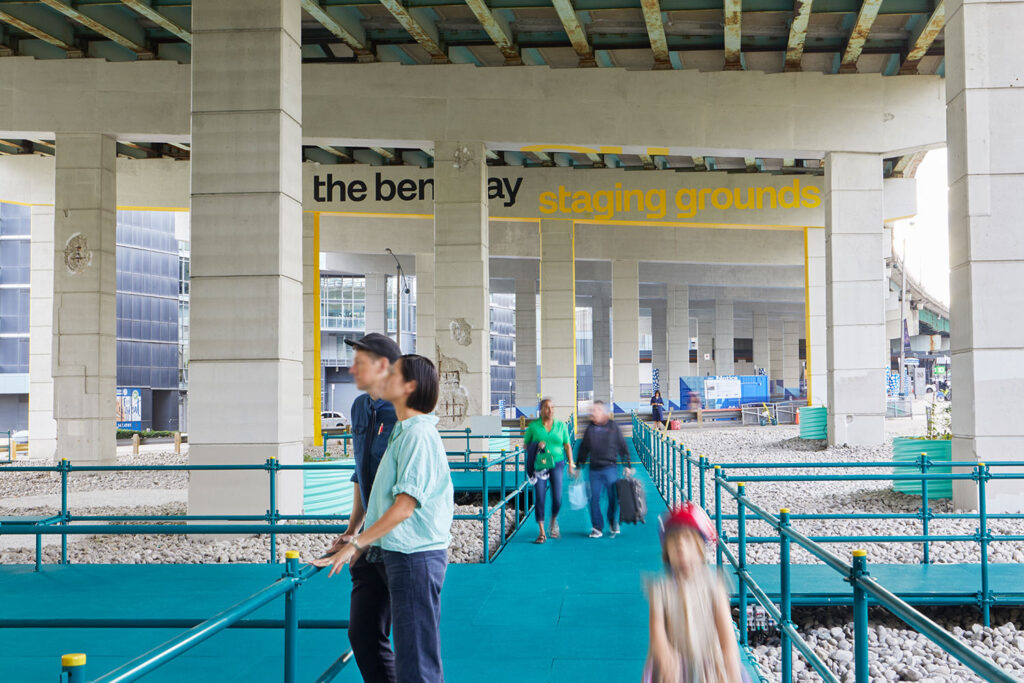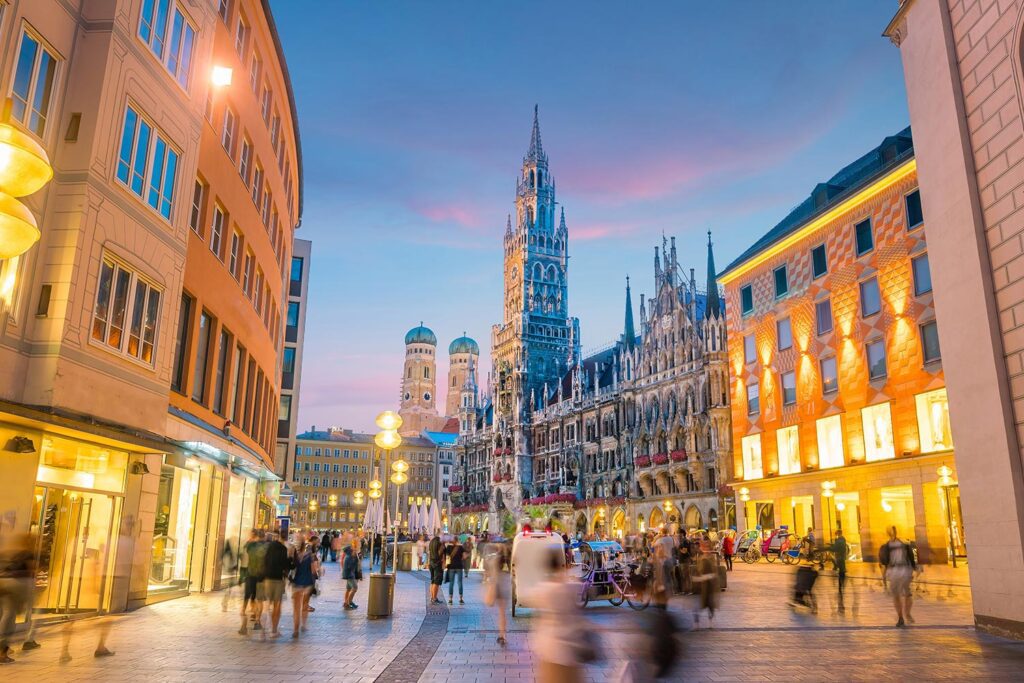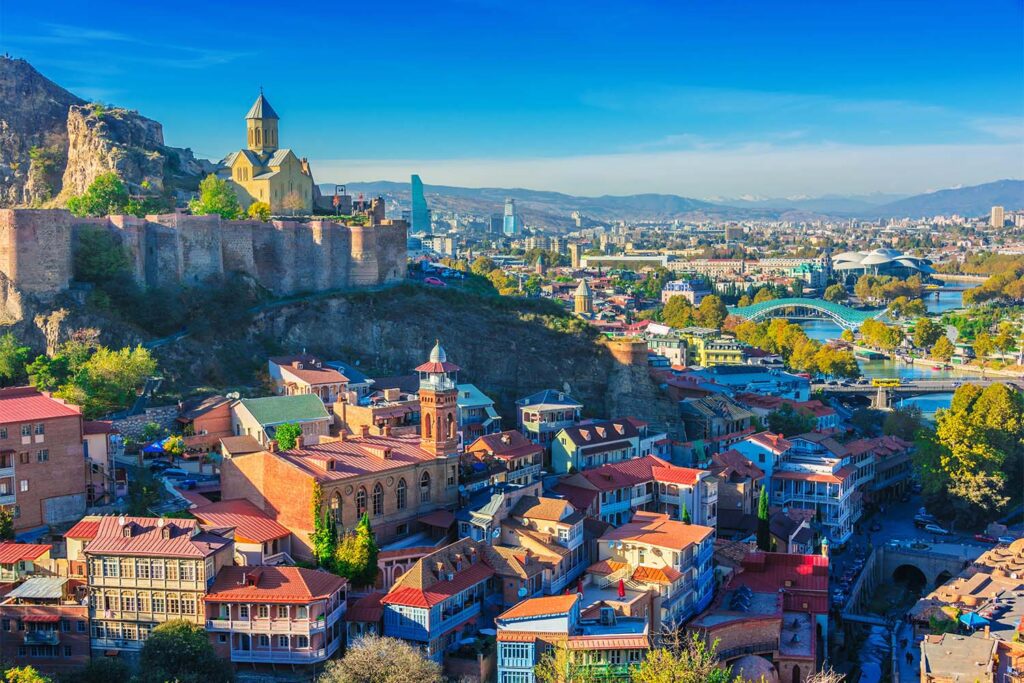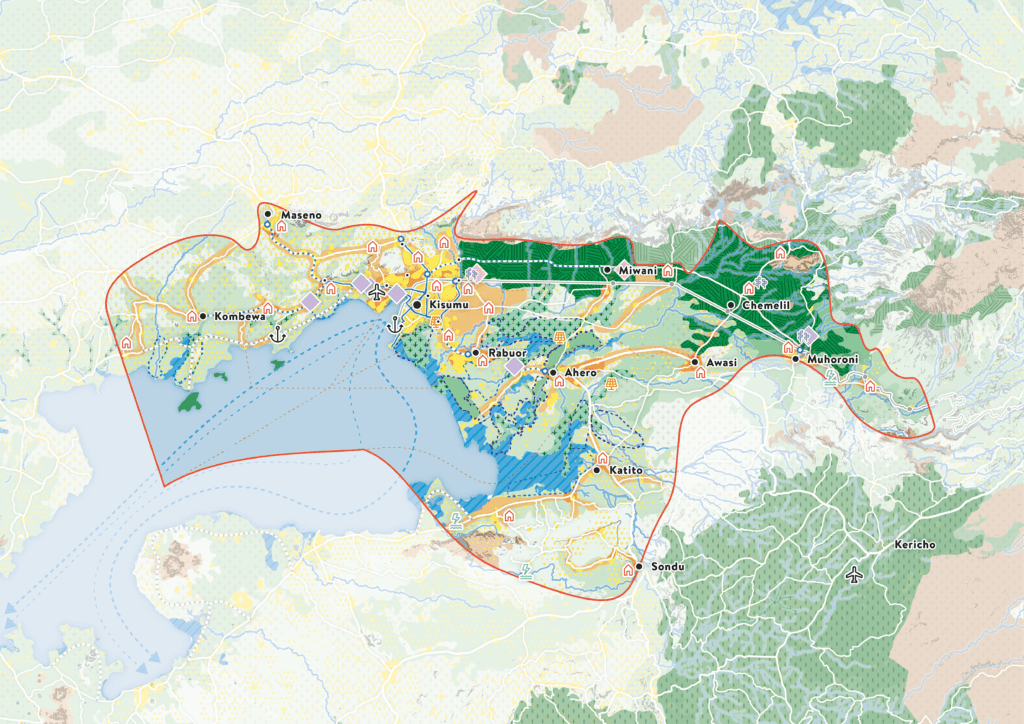
A visionary regeneration framework for Jakarta
Pulomas Integrated Development Plan
Jakarta, Indonesia
Project details
Client
Pulomas Jaya
Collaborator
Jakarta Konsultindo
Duration
2019 – 2020
Services provided by Buro Happold
Economics, Infrastructure, Strategic planning, Transport and mobility
The Pulomas area in northeast Jakarta is home to one of the city’s leading urban regeneration projects. First established in the 1960s as a model ‘new town’ development, the addition of new LRT and MRT lines will see Pulomas become one of the city’s most connected locations by 2030. Led by Pulomas Jaya (PMJ), an arm’s length company of the Jakarta Provincial Government, this transit-orientated development project is intended to pilot a new approach to public sector regeneration initiatives by balancing commercial and social objectives.
Buro Happold and local consultant Jakarta Konsultindo (JakKon) were engaged by PMJ to prepare an integrated development plan that will guide the transformation of the area over the next 20 years. This will see more than 100 hectares of brownfield land become a new central business district (CBD) for East Jakarta, complete with employment opportunities, affordable housing, green space, and leisure and cultural amenities.
Challenge
PMJ was seeking a visionary regeneration framework which aligned the physical plan with a robust economic viability assessment. Also important was providing guidance on how best to implement and deliver this project in partnership with over 15 existing landowners and other city stakeholders, as well as the internal organisational transformation required to realise regeneration of this scale and complexity. The site itself posed significant challenges, being affected by both flooding and land subsidence.

Solution
Our integrated plan established a flexible framework for development, with a number of features that are new and distinctive among regeneration projects in Jakarta. It creates four sub districts containing 17 individual sites that can be adapted to accommodate a range of potential uses. We also recommended adjusting the location of planned MRT stations to unlock additional land at the north of the area and maximise development opportunities.
The plan achieves high density accommodation through compact, primarily medium-rise buildings, which blend affordable housing with other tenures. In a first for a major regeneration project in Jakarta, an existing ‘kampung’ neighbourhood will be retained and integrated with the wider development. These areas will be linked via attractive public realm that celebrates Pulomas’s distinctive green and blue assets. As well as creating two new city parks and additional recreation areas, this surrounding landscape will also provide increased flood resilience.
We supported this physical plan with financial modelling of a range of development trajectories for each site, which in turn facilitated discussions with existing landowners. We also created a governance and organisational plan that established the model for PMJ to work as a master developer in the Jakarta context, and set out the internal organisational transformation that will be required to achieve this. Our team carried out extensive stakeholder engagement with different bodies and levels of government resulting in a plan with strong buy-in.
As part of our work we used our Integrated Urban Model of Jakarta to demonstrate how Pulomas’s accessibility will improve as a result of future transport links, and benchmark it against other sub-centres and development projects in the city. This enabled us to demonstrate the case for designating the area as a Primary Centre. We also applied the model to develop a street grid for the wider area development which will maximise pedestrian accessibility.
Value
Our informed yet creative approach enabled us to ensure PMJ’s successful designation as master developer and achieve support among a wide variety of landowners and stakeholders. As well as unlocking land value, our plan promotes health and wellbeing through the creation of new green space and pedestrian routes, and also encourages social inclusion and interaction.
By designing with the community in mind, we have demonstrated that placing people at the heart of a development can bring social, environmental and economic benefits. Overall, our work established a distinctive and highly successful roadmap for Pulomas that will serve as a sustainable model for future development in Jakarta.



